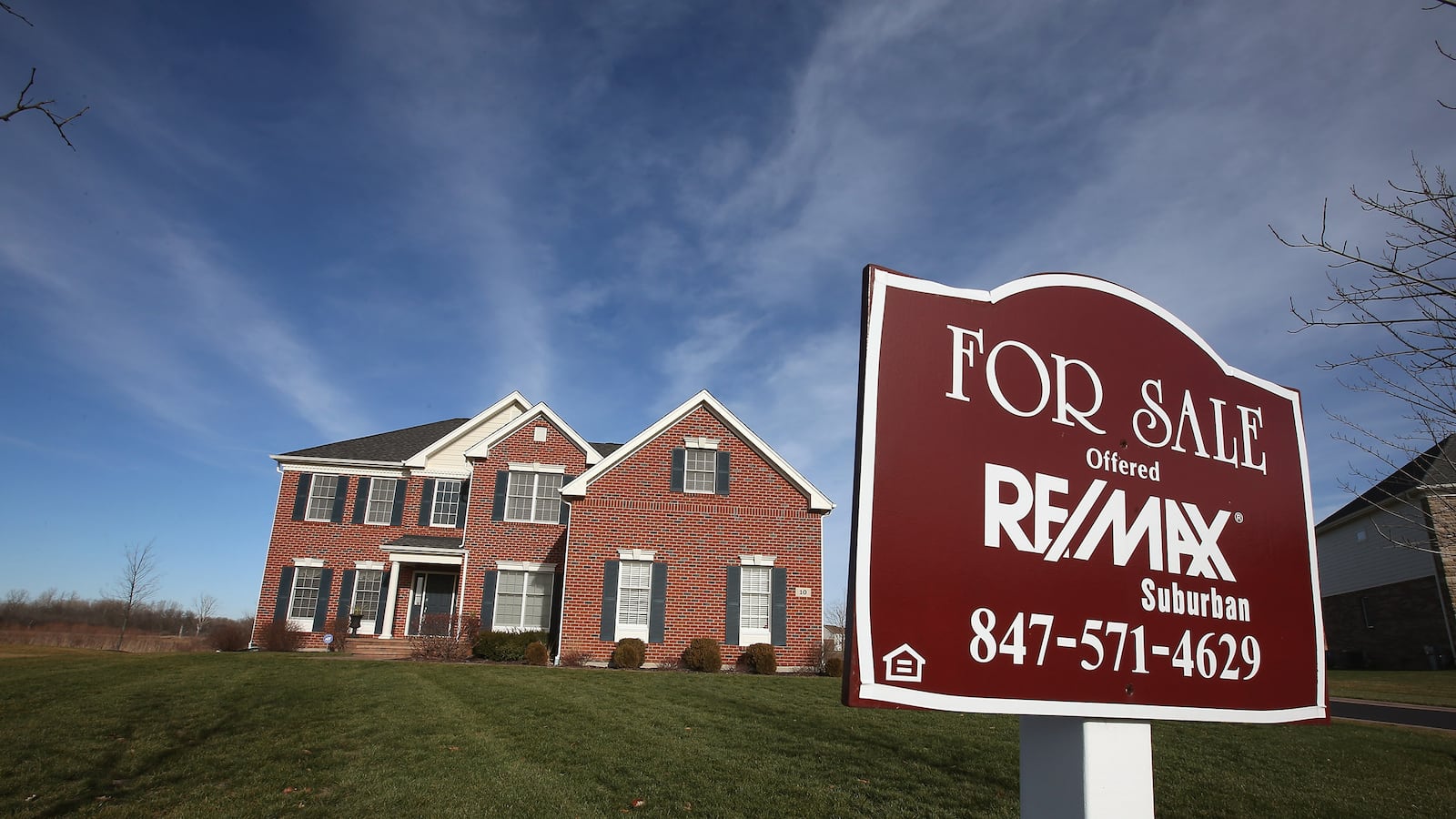America’s problems are well known. The federal debt is too high. Our infrastructure is crumbling. And we don’t have enough homes available for sale or for rent.
Wait, what?

That’s right, after years of a painful oversupply following the housing crash, it appears we now actually have too few houses on the market. This was the real news lurking behind the latest housing numbers, released Tuesday by the National Association of Realtors. The report says existing-home sales eased a bit in December from November, but were up 12.8 percent from a year ago. Sales for all of 2012 were up 9.2 percent from 2011, to 4.65 million—the best year since 2007. But the numbers could have been better. "Record low mortgage interest rates clearly are helping many home buyers, but tight inventory and restrictive mortgage underwriting standards are limiting sales,” said Lawrence Yun, chief economist at NAR. In other words, not enough houses!
Consider this telling metric: In December, there were only enough existing homes for sale to last 4.4 months. That’s the lowest level of inventory, measured by the monthly sales rate, since the boom; in May 2005, there were just 4.3 months' worth of existing homes on the market. Patrick Newport, U.S. economist at HIS Global Insight, notes that the raw inventory number is the lowest it has been since January 2001. As for new homes—a much smaller market—supply is also down. The Census Bureau says that in November 2012, there were 149,000 new homes for sale, just 4.7 months' worth of supply. By contrast, in November 2011, there were 155,000 new homes for sale, representing 5.7 months' worth of supply.
That should be good news. Excess inventory is a killer. It puts pressure on prices, and means those who really want to sell have to cut prices, sometimes drastically. But two years of steady improvement—rising sales volume, rising prices, declining foreclosures—has subtly changed the equation. A great many homes have been taken off the market—by individuals, and by institutional investors who are buying homes in bulk with the intention of renting them out.
Tight markets can encourage people to buy—the fear is that they might lose out to other buyers (that’s one reason Amazon highlights when there are only five copies left of a book, or Expedia says there are two seats left on a flight). But tight markets can also have the opposite effect, discouraging potential buyers who worry they’re settling for something less. This is especially true in housing, which involves massive sums of money. Most buyers have to find the right house, in the right neighborhood, at the right time, at the right price, before committing their life savings. And when there aren’t as many homes to choose from, it becomes more difficult to find the right place. When an attractive home is on the market at a good price, it’s likely to inspire a bidding war. The median price for an existing home rose 11.5 percent between December 2011 and December 2012. A year ago, the typical home sold was sitting on the market for 99 days; last month, the typical home sold was on the market for just 73 days. “Thirty-one percent of all homes sold in December were on the market for less than a month,” NAR reported.
What accounts for this problem? Supply and demand. While demand has been rising for a few years, supply has been slower to come back.
Markets are typically very efficient when it comes to reacting to changed circumstances. But the housing market is unique. It takes time a long time to build homes, and they are expensive. It’s not like you can just order up another batch quickly from China when you sense the market turning. Apartment and condominium projects, which are in high demand, take years to build. Many of the aggressive builders and lenders went bust in 2008 and 2009. And the survivors have remained cautious, with good reason.
Realtors always tell clients that they should make an offer today because the house might not be there tomorrow. In recent years, that ancient sales tactic has been easy to dismiss as baloney. Today, it’s likely to be true.






